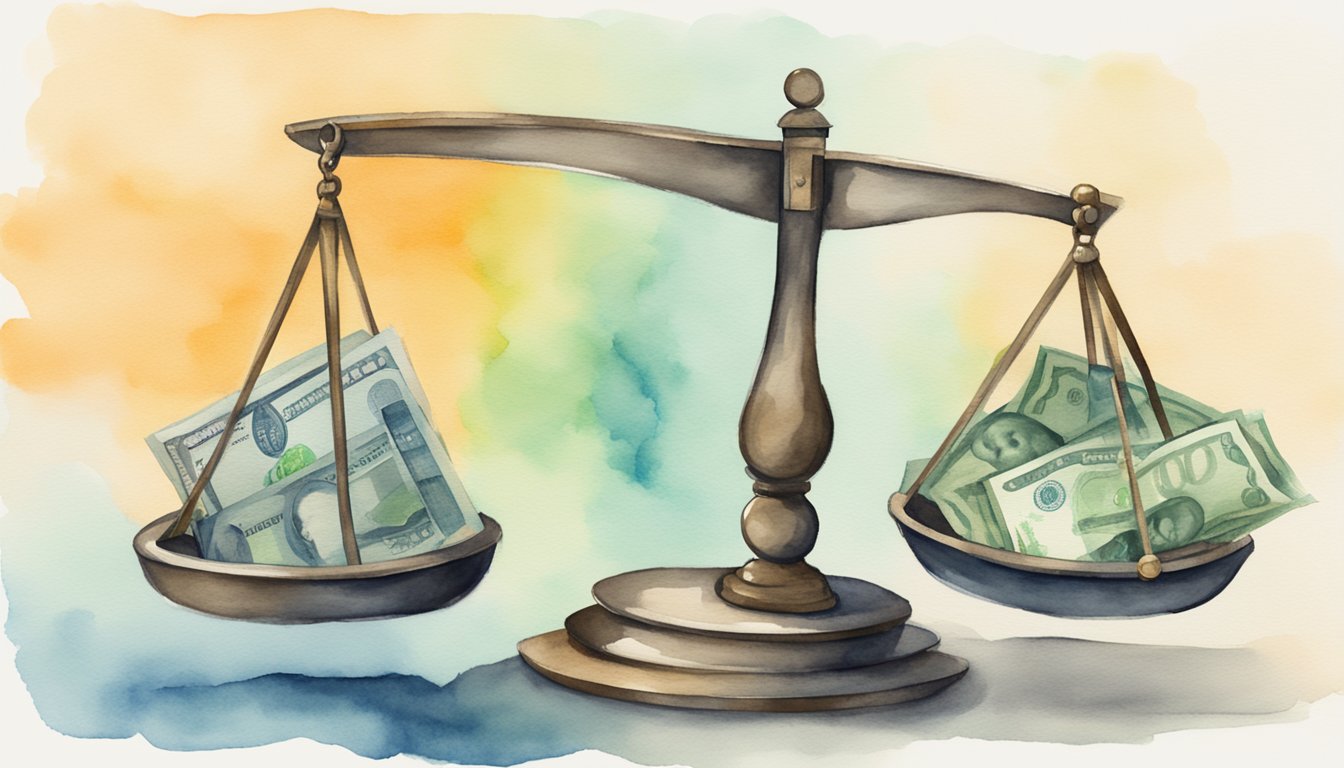Understanding Moral Hazard
Moral hazard is when someone takes more risks because they don’t bear the full costs.
This often happens in the insurance market.
When you buy insurance, you may behave differently since you’re not fully responsible for potential losses.
For example, you might drive less carefully if you have car insurance.
Asymmetric Information
Moral hazard is related to information asymmetry.
This is when one party has more information than the other.
In insurance, the insured person knows more about their risks than the insurer.
Principal-Agent Problem
The principal-agent problem occurs when an insurance company (principal) hires an agent to write policies.
The agent may act in their own interest rather than in the company’s interest, leading to risky decisions.
Adverse Selection
Adverse selection occurs when people who are high risk are more likely to buy insurance.
They know the insurer will cover potential losses, which impacts the insurance company’s profitability.
Insurance Companies’ Response
Insurance companies use various strategies to manage moral hazard.
They may:
- Require higher premiums.
- Implement deductibles and co-pays.
- Conduct thorough underwriting to assess risk better.
Incentives and Behaviour
Insurers create incentives to reduce risky behaviour.
They may offer discounts for safe driving or maintaining a healthy lifestyle.
By understanding moral hazard, you can better navigate your decisions in the insurance market, ensuring that you are well-informed about the risks and responsibilities involved.
Moral Hazard in Practice
Moral hazard often arises in the insurance industry.
When you buy insurance, you might take on riskier behavior because the insurer bears the cost of the risk.
This behavior can be seen in various areas.
Health Insurance: If you have health insurance, you might visit the doctor more often than necessary because your out-of-pocket expenses are lower, as noted in Moral Hazard in Health Insurance.
This increased usage can raise overall healthcare costs.
Banks and Financial Crisis: During the financial crisis, banks engaged in risky lending because they knew that the government would bail them out if things went wrong.
This risky behavior led to massive financial instability affecting borrowers, lenders, and investors.
Insurance Companies: Insurance companies face challenges from moral hazard through policies that require insured parties to share in the risk.
For example, deductibles and copays are designed to discourage excessive claims.
Adverse Selection: This occurs when higher-risk individuals are more likely to purchase insurance, knowing they will need it.
An insurance company needs to perform detailed risk assessment to price premiums accurately and avoid losses.
Asset Management: Investors may take greater risks when their investments are insured.
This can lead to riskier portfolios, impacting both the insurer and the insured assets.
Professional Indemnity: Professionals with indemnity insurance might take riskier actions in their work, knowing they are protected from lawsuits.
This puts the insurer at a higher risk of paying out large claims.
By understanding these examples, you can see how moral hazard affects the dynamics between insurers and insured parties.
It is crucial to have frameworks in place to mitigate these risks and encourage responsible behavior.
Related Terms

Adverse Selection: This happens when individuals with higher risk are more likely to buy insurance.
For example, people who need health insurance because they are ill may result in higher costs for the insurance company.
Deductible: The amount you pay out of pocket before your insurance coverage kicks in.
Higher deductibles usually mean lower premiums, but more cost upfront if you need to file a claim.
Beneficiary: The person or entity designated to receive benefits from an insurance policy.
This term is commonly used in life insurance where the beneficiary receives a payout upon the policyholder’s death.
Insurance Coverage: The amount of risk or liability covered for an individual or entity by insurance services.
Comprehensive insurance coverage can include protection for health, property, and life.
Moral Hazard: When a party is shielded from risk and behaves differently than it would if it were fully exposed to the risk.
For example, an insured company might take bigger risks knowing the insurance company will cover the losses.
Exclusion: Specific conditions or circumstances for which the insurance policy will not provide benefits.
Understanding exclusions is crucial to avoid surprises when filing a claim.
Risk: The possibility of a negative event, such as loss or damage.
In the context of insurance, managing and transferring risk is a primary function of the industry.
Default: When a borrower fails to repay a loan according to the agreed terms.
Insurance may protect lenders from losses resulting from default, particularly in the context of mortgages and investment vehicles.
Assets and Liabilities: Assets are what you own, while liabilities are what you owe.
Understanding the balance between assets and liabilities is crucial in finance and insurance for assessing risk.
Financial Crisis: Periods of severe economic downturn can lead to widespread defaults and increased insurance claims.
Proper risk and management are essential to navigate financial instability effectively.
Frequently Asked Questions

Moral hazard impacts the dynamics of insurance and creates different challenges in financial markets.
It also raises ethical questions and involves complex relationships between parties.
How does moral hazard impact the economics of insurance?
Moral hazard affects insurance economics by altering the behavior of the insured party.
When individuals are covered by insurance, they may take more risks, knowing they won’t bear the full cost of their actions.
This can lead to higher claim rates and increased premiums for everyone.
For more details, visit WallStreetMojo’s explanation.
What distinguishes moral hazard from morale hazard?
Moral hazard involves deliberate risk-taking because of insurance coverage, while morale hazard refers to a change in behavior due to a lack of concern for potential losses.
Morale hazard is more about carelessness rather than intentional risk-taking.
In what ways does moral hazard present itself in financial markets?
In financial markets, moral hazard can occur when institutions like banks take excessive risks, believing they will be bailed out if things go wrong.
This was evident during the 2008 financial crisis when many banks engaged in risky behavior due to assured government support.
Learn more from this Investopedia article.
How is adverse selection related to moral hazard?
Adverse selection happens before a transaction, where high-risk individuals are more likely to seek insurance.
Moral hazard occurs post-transaction, where the insured party’s behavior changes due to coverage.
Both issues arise from information asymmetry but at different stages of the insurance process.
Can you provide examples of moral hazard in everyday situations?
Everyday examples include a driver engaging in reckless driving because their car is fully insured, or a homeowner neglecting maintenance because their property is insured against damages.
These actions increase risk because the insured parties do not bear the full cost.
What are the ethical considerations associated with moral hazard?
Ethical concerns revolve around fairness and the irresponsible behavior that insurance might unintentionally promote.
Insured parties might exploit coverage, leading to higher costs for everyone.
Insurers must balance providing coverage while encouraging responsible behavior among policyholders.






